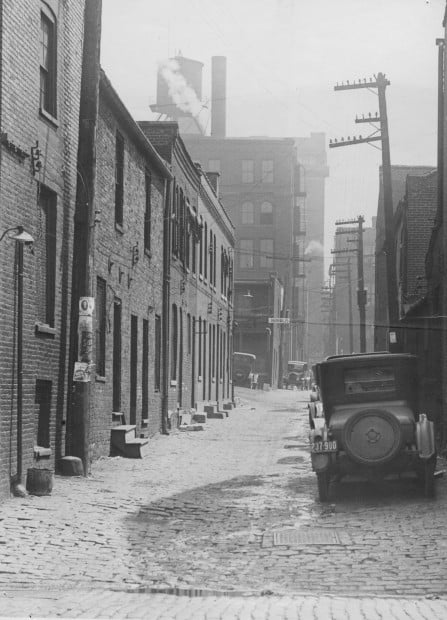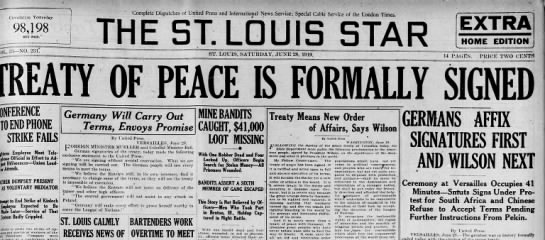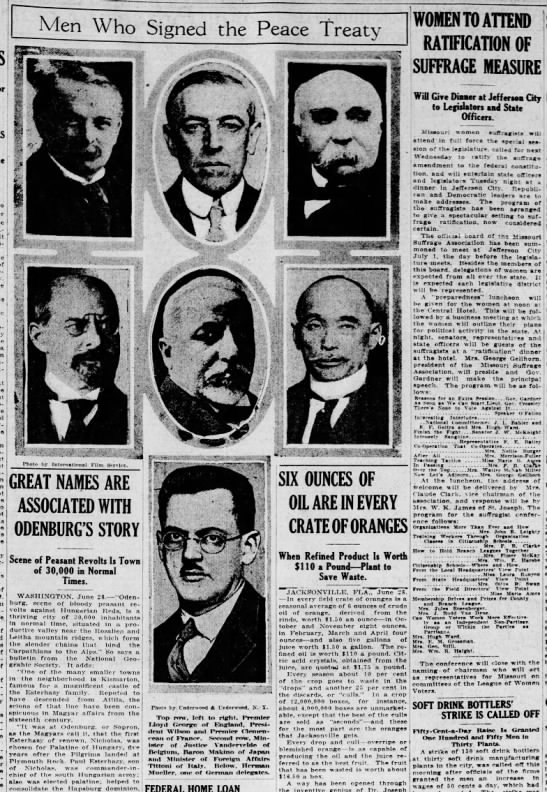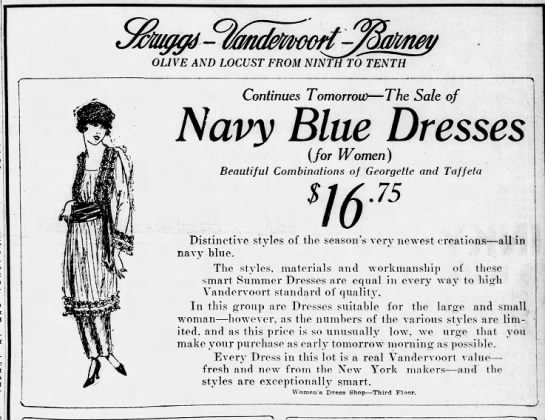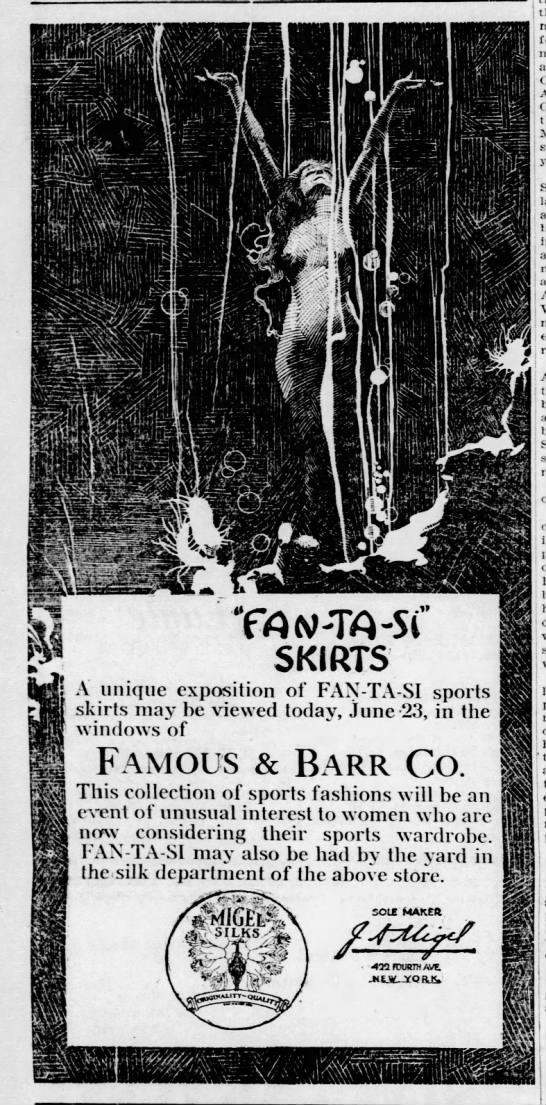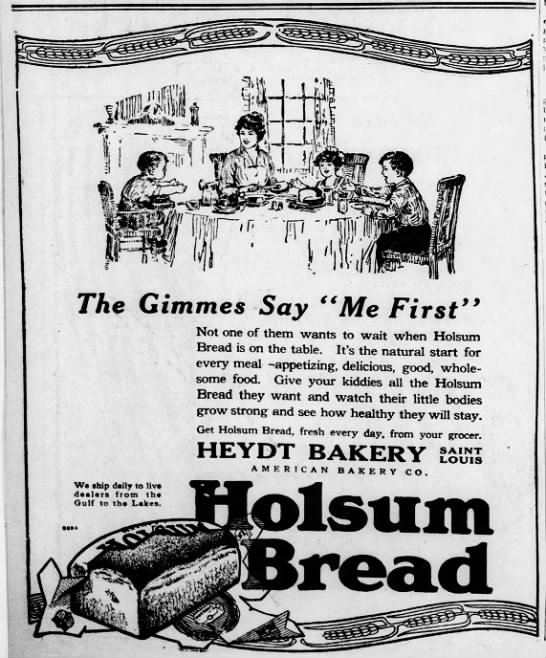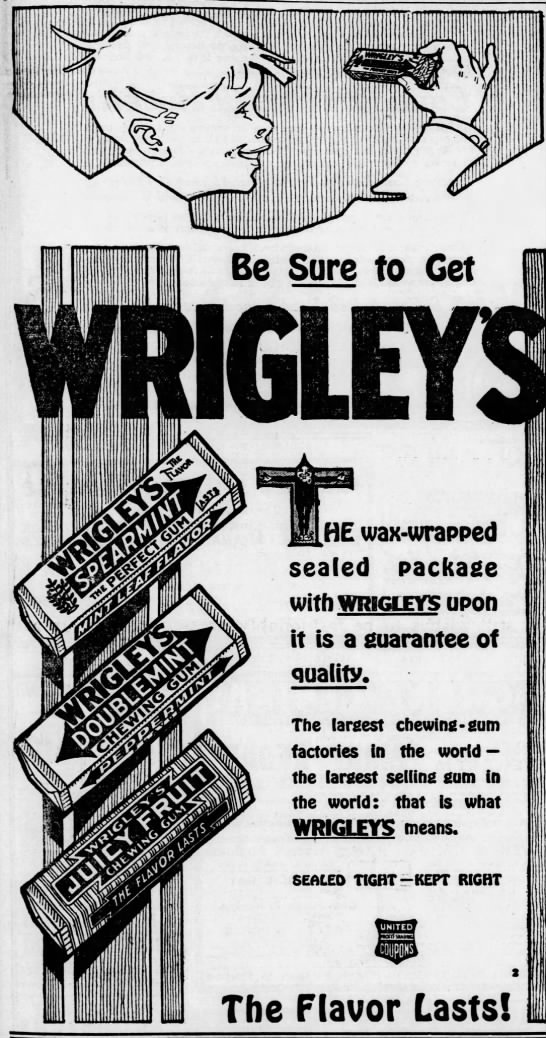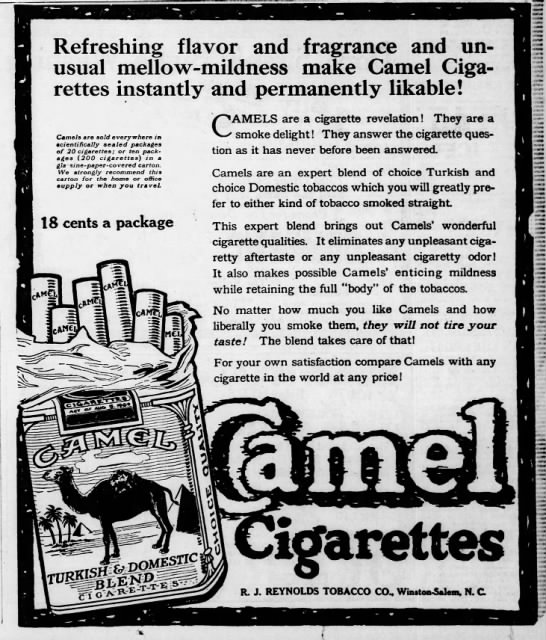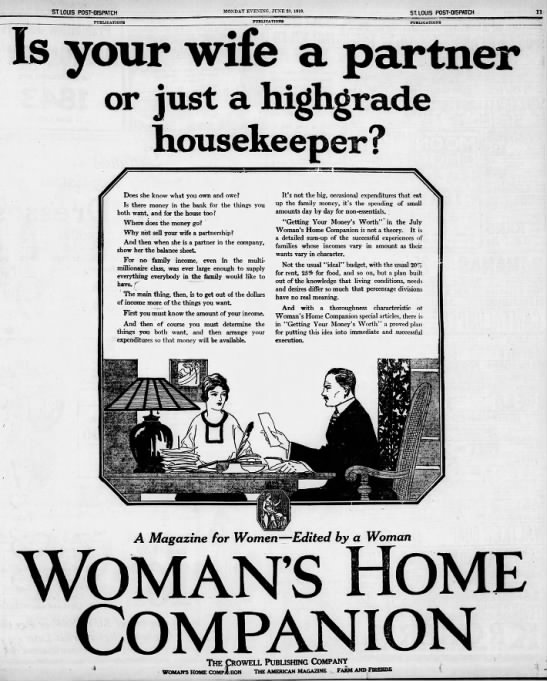My Little Red Ridinghood quilt is completed. It is hand embroidered and hand quilted. I used 1918 Redwork patterns and 2019 fabrics by Riley Blake. I am eagerly awaiting Riley Blake's new fabric line Dorothy's Journey featuring the Wizard of Oz!
My weekly quilt group has decided on doing a group quilt project. We are making blocks for a teapot quilt. My block is hand appliqued.
My weekly quilt group had the challenge to bring in your first quilt. I brought in my second quilt, in which I used my mother's painting smocks.
I have two quilts hanging in the Blair Memorial Library. Morning Glory is hand appliqued and hand-quilted, my second applique quilt, from a Quiltmaker Magazine pattern. It used hand dyed and commercial fabrics.
Years ago I signed up for a block of the month to make a bed-sized stained glass look quilt. I only finished six blocks! So I made this wall hanging now in the library.
Our library book club's June book selection was The Last Ballad by Wiley Cash. Wiley visited our group via Skype. Everyone enjoyed the book and learning the history of the Loray mill strike. It was especially interesting to hear Wiley talk about how a writer creates a compelling narrative out of historical fact. Read my review here.
The Troy, MI library hosted Drew Philp for his last author talk before beginning a new job and writing project. Drew's book A $500 House in Detroit drew a good audience of people who were fascinated by his story. Read my review of his book here.
My husband ordered me a book for no reason except he thought it would appeal to my interest in history, biography, and the history of cooking. Abraham Lincoln in the Kitchen: A Culinary View of Lincoln's Life and Times by Rae Katherine Eighmey is enjoyable to read--and it has recipes.
Since I last shared my TBR shelf it has grown!
Wickwythe Hall author Judith Little, a novel set in 1940 based on history
14th of September from author Rita Dragonette, a novel set in 1969's antiwar movement
Country by Michael Hughes from LibraryThing, the Illiad reimagined in Northern Ireland
Threads of Life: The History of the World Through the Eye of a Needle by Claire Hunter, the history of how women expressed themselves through sewing
The Rest of the Story by Sarah Dessen from The Quivering Pen blog debuted at number two on the best-seller list!
And the enjoying the beautiful flowers, like the Pink Drift Roses below.
and the little teacup rose that I thought would die outdoors but which is brimming with flowers.
Our lavender and daylilies and hydrangeas in bloom.
Our grandpuppy Ellie had her six-month anniversary since adoption and the end of puppy mill life. She has really blossomed! We puppysat her and she spent the day snooping the yard hoping to scare up the rabbit she had seen last time. She was rewarded--before she went home she got to chase the bunny.
The bunnys were back the next day.




































